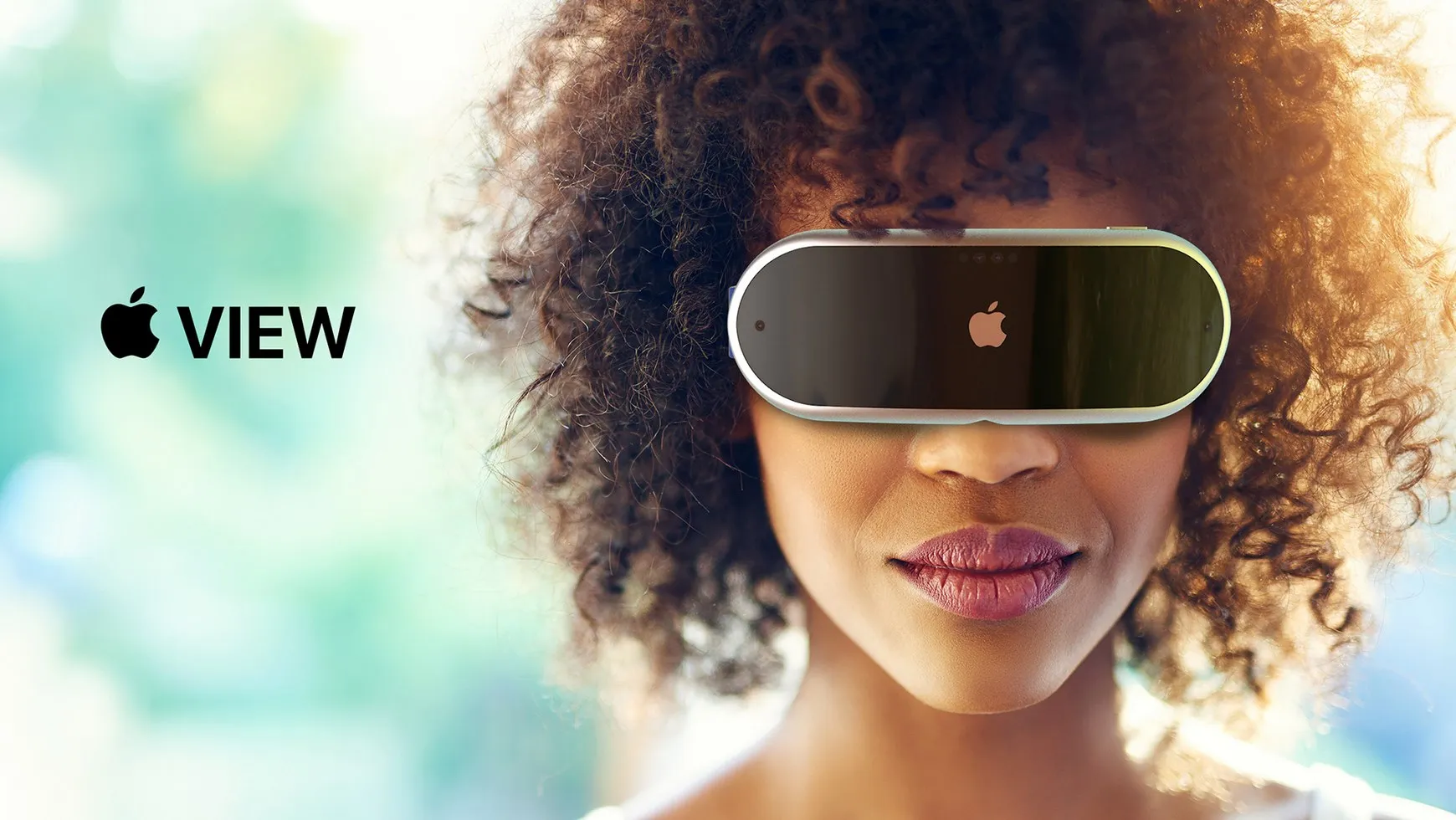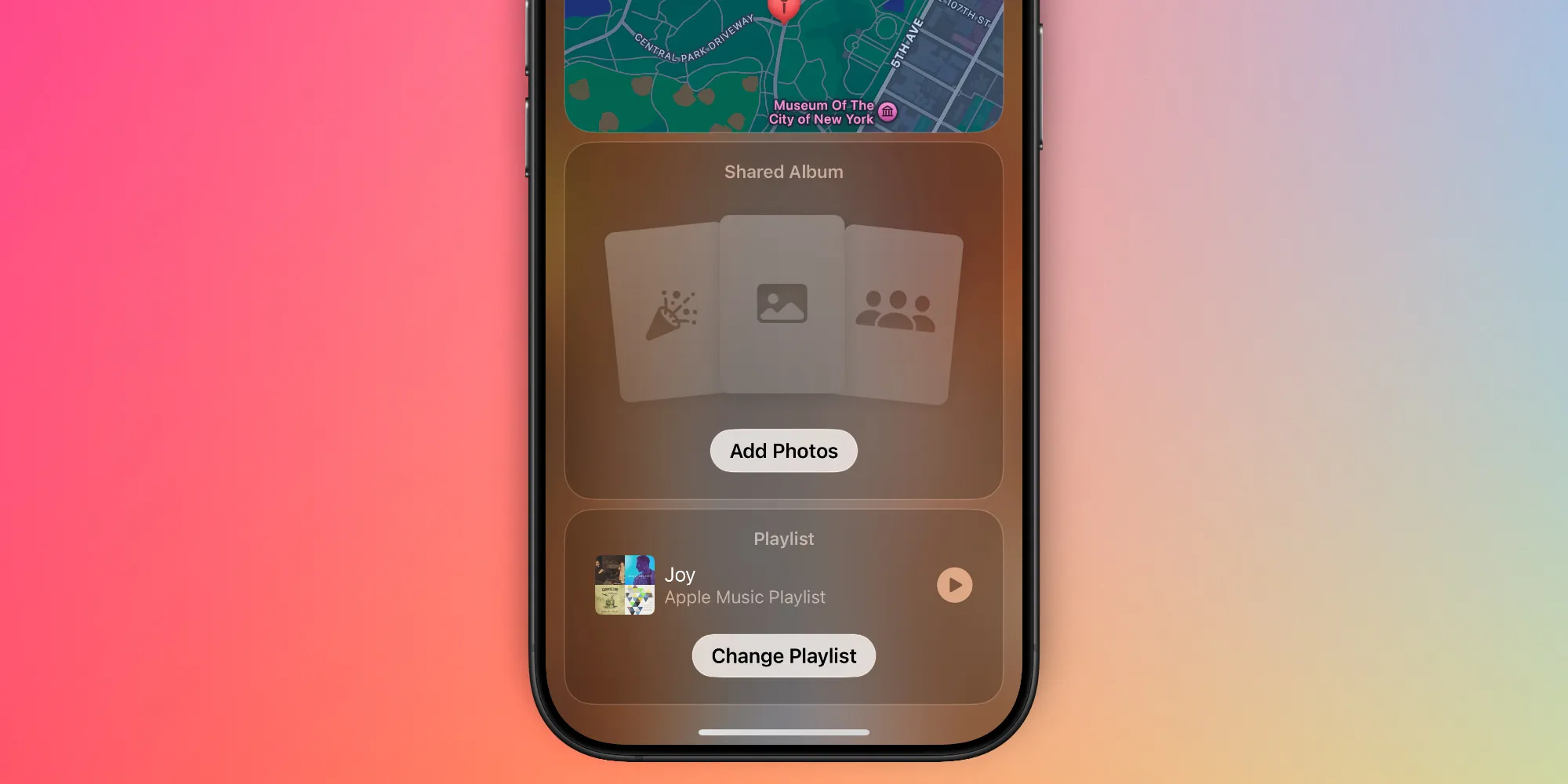Mac users with older macOS versions are facing problems when trying to use the Mac App Store. Specifically, those with macOS Mojave (10.14) and older are having trouble.
Reports started coming in around January 24, 2025, suggesting that something went wrong when Apple updated how receipts work in the App Store. Users are seeing error messages like “Something went wrong while logging in” or “We couldn’t read the data because it’s not in the right format.”
The experience varies depending on which macOS version you’re using. If you’re on Catalina (10.15) or newer, everything works fine. But if you’re still using Mojave (10.14), you can look around the store, but you can’t buy new apps or download ones you’ve already bought once your session ends. For those on High Sierra (10.13), parts of the store’s interface might not show up, and signing in can be tricky. Users on Sierra (10.12) are seeing messages that stop them from even getting into the store.
It looks like these problems might have something to do with Apple’s new way of handling receipts, but we’re not sure yet. For those stuck with these issues, Apple offers other ways to get macOS updates. Also, many apps can still be downloaded directly from the developers’ own websites, outside of the App Store.
This situation leaves older Mac users in a bit of a bind, hoping for a quick fix from Apple to restore full functionality to the Mac App Store on their systems.




